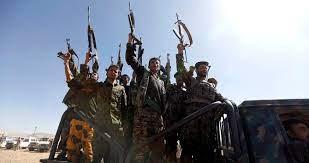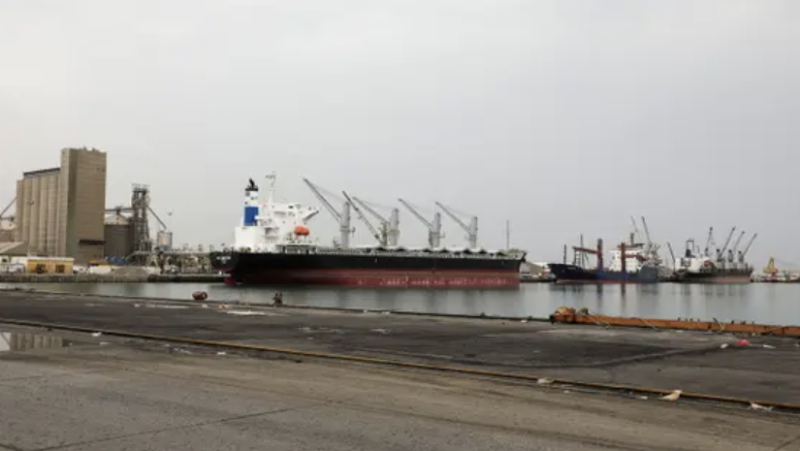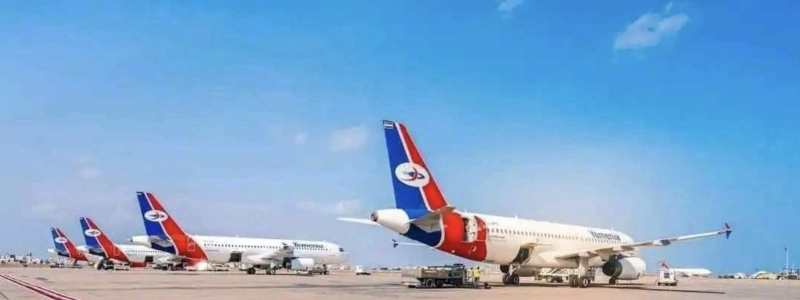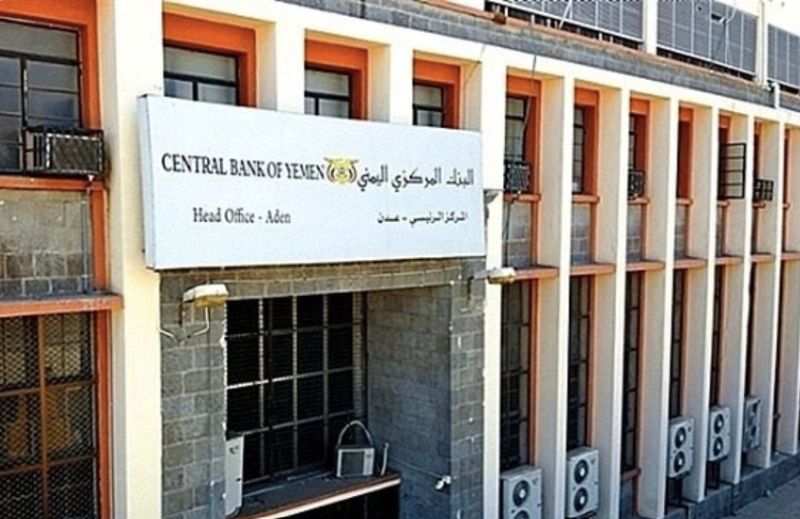Yemen Crisis Response Plan 2021


Funding Required
$150,000,000
People In Need
24,300,000
Target Beneficiaries
4,600,050
IOM Vision
In 2021, IOM will address the acute and growing humanitarian emergency – currently the largest in the world – through the provision of frontline multi-sectoral humanitarian assistance in locations where the Organization has access and vulnerabilities are high. In addition, IOM’s priority is to also to expand programming that tackles the pre-existing drivers of fragility, as Yemen grapples with a deteriorating economy and weakened institutions and infrastructure. With this, IOM will enhance the resilience of individuals and communities through inclusive programming that aims to address multi-dimensional vulnerabilities, improve social cohesion, strengthen local institutions, sustain livelihoods and restore public infrastructure.
Context Analysis
Yemen, in its sixth year of conflict, continues to face the world’s worst humanitarian crisis. Humanitarian needs continued to grow in 2020, driven by the escalating conflict, disease, a declining economy, and the breakdown of public institutions and services. The situation is predicted to worsen by the end of the year and into 2021, and it is projected that the population will experience alarming levels of acute malnutrition and food insecurity. Conflict remains the main driver of displacement in Yemen. Over 160,000 people have been displaced so far in 2020, with the opening of over a dozen new frontlines and the escalation of hostilities in locations like Marib. Without a peaceful resolution of the conflict, the severity of needs and suffering is expected to worsen across the country.
The impact of COVID-19 has been severe, as only 50 per cent of health facilities in the country were functioning pre-pandemic, resulting in constrained access to basic services, especially for internally displaced persons (IDPs) and migrants. IOM estimates that over 10,000 households have been displaced in Yemen due to the COVID-19 outbreak this year. The humanitarian response is also challenged by operational and access restrictions, where aid activities and efforts to bring in aid supplies are blocked in some areas. Should the situation not improve, principled operations will continue to be hindered.
At the same time, Yemen continues to be a major transit point on the irregular migration route from the Horn of Africa to the Gulf. While migrants already faced severe protection risks as they transited through the conflict-affected country, increased barriers to movement brought on by the pandemic and the reinforcement of anti-migrant policies have left thousands of migrants stranded across Yemen with limited options for safe movement or access to basic services.

Sana’a — Fuel and food imports into ports under the control of Yemen’s Houthi movement on the Red Sea have continued to fall for…

ADEN — Yemen Airways, the country’s national carrier, announced it will resume flights between Aden and Abu Dhabi beginning in January…

Aden — The United States Ambassador to Yemen underscored the critical importance of safeguarding the independence of the Central Bank of Yeme…